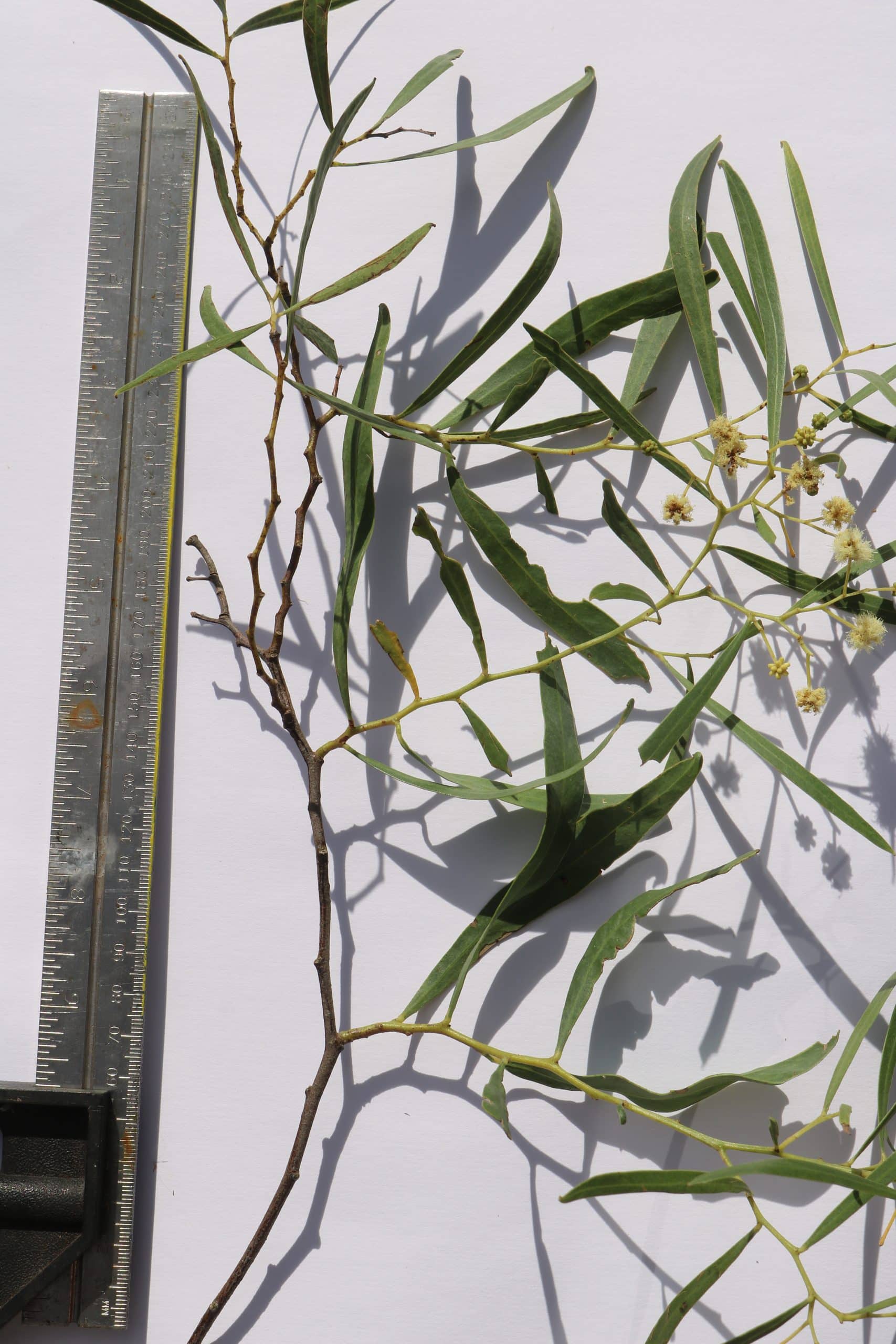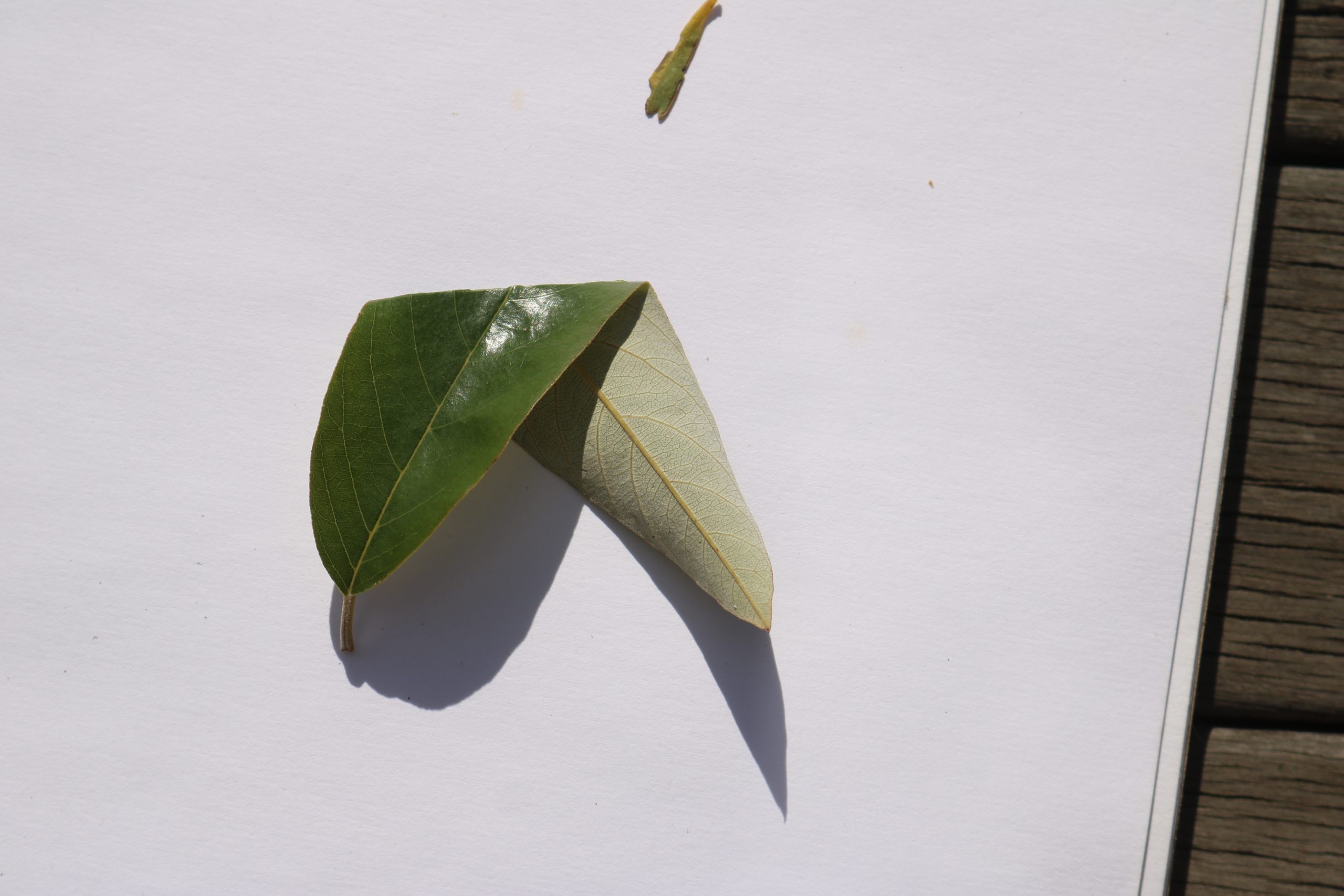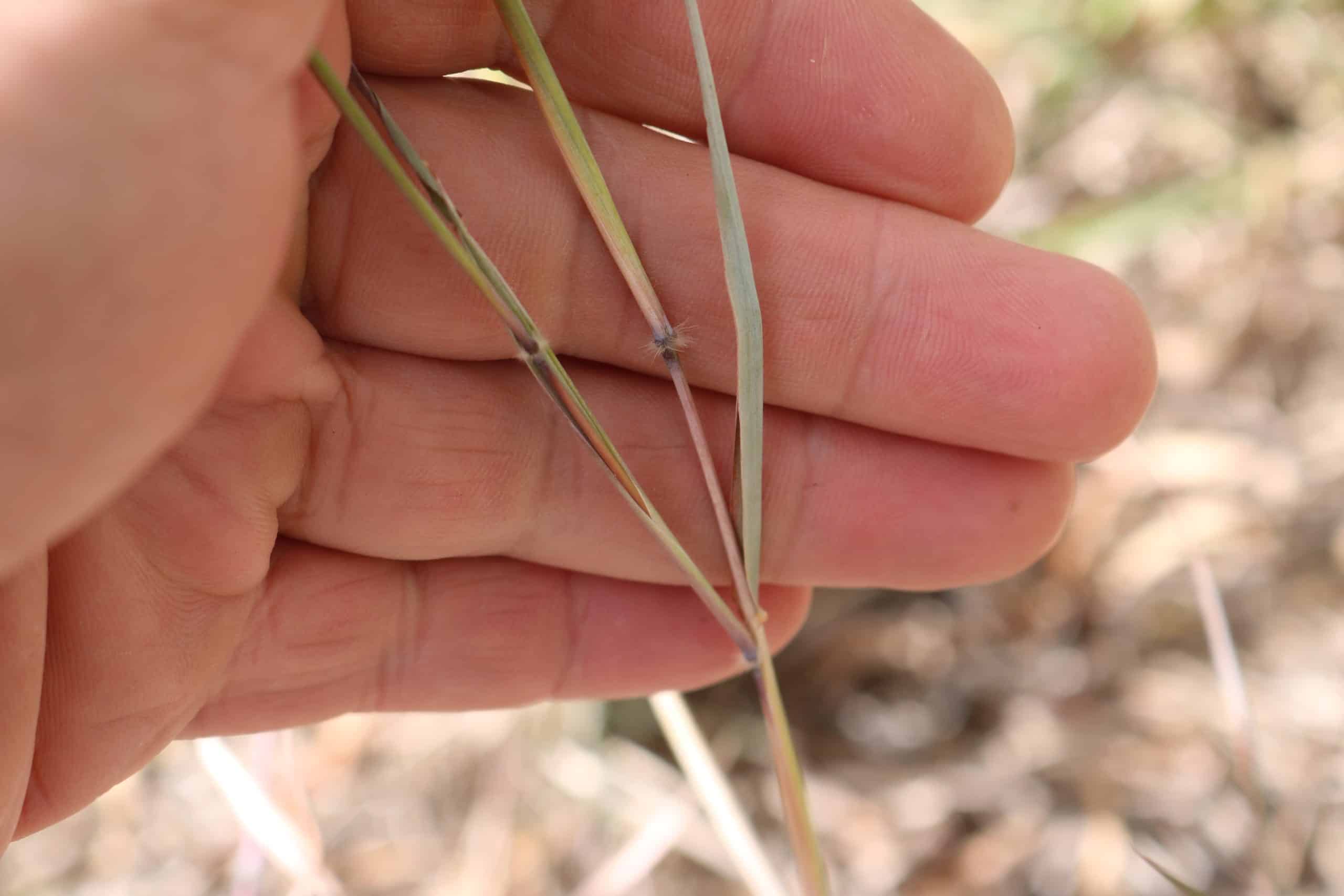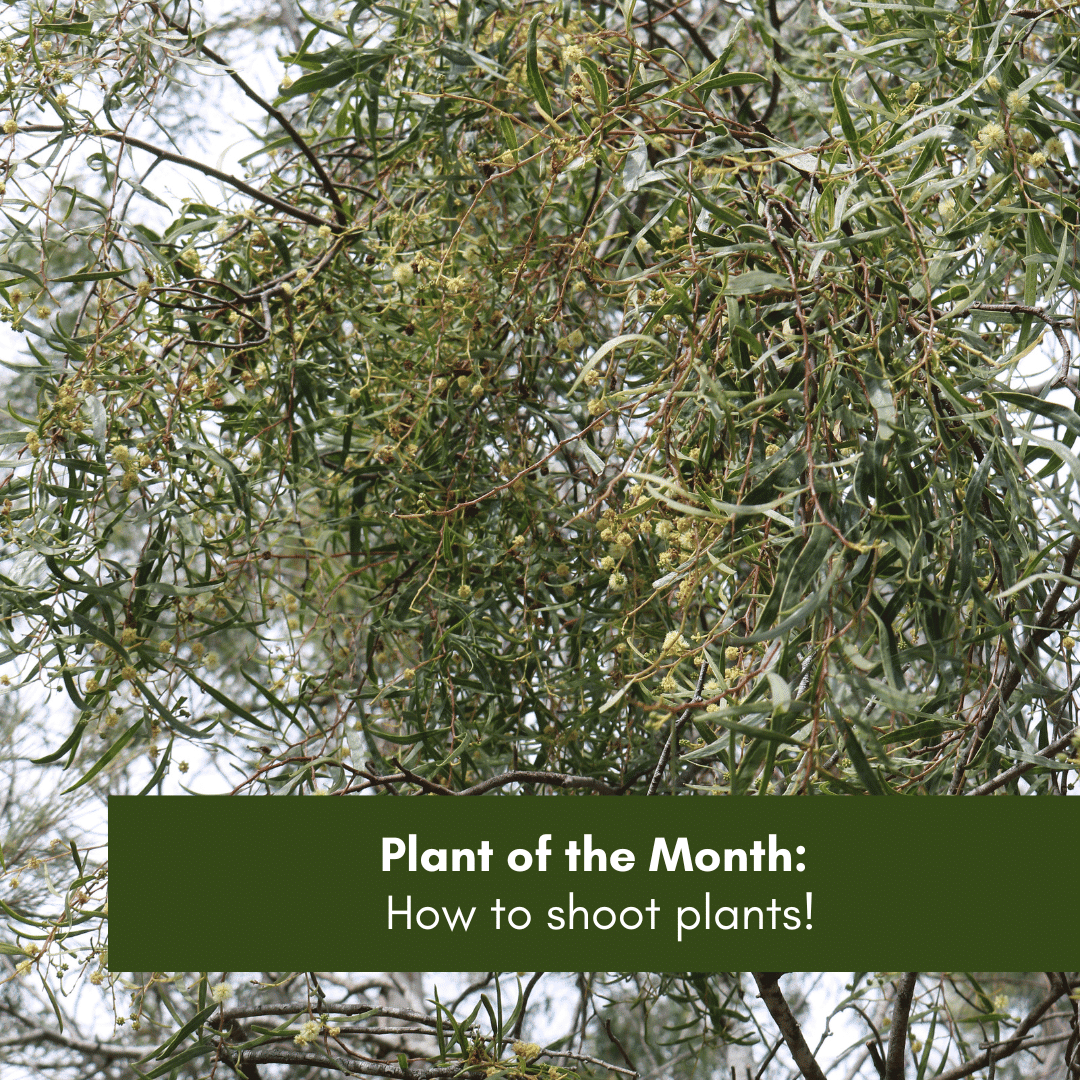I often get photos sent to me with requests to identify the plant in the photo, sometimes it’s a challenge, not just from the rarity and obscurity of the plant but from the quality of the photo. A lot of times they’re out of focus, grainy, showing multiple plants, taken from too far away or not giving enough detail, or it’s a lovely clear photo of just one part of the plant but no other information. Sometimes I can fluke it based on the shape, colour and general location but a lot of the time, but a lot of the time it’s “Nup, sorry, can you go and get some better photos?”

“What’s this one?”

“Do you know this grass?”
So, this is what we need to be able to identify a plant.
Everything! Well, not always but the more information the better this includes:
-
- Location, both town or region and where in the landscape (on a hill/beside the river/on a sand dune).
- Time of year the photo was taken (particularly if flowering)
- Whether it was planted or there naturally
- Do the leaves have a particular smell?
Then in the photo we need:
-
- General shape and size of the plant
- Leaves (both top and bottom) and a good close up showing any veins or glands
- Bark
- Flowers
- Fruit/seed pods
- Any other potentially useful feature (Does the trunk have scribbles? Is it stringy or smooth? If it’s a grass does it have hair or other features on the nodes?

So, general shape, somewhat useful.

Flowers, yeah, a bit better.

Flowers, leaves and something for scale, now this is usable.

Against a blue sky, usable (hopefully I’ll be told the leaf length).

Leaf, top and bottom.

Leaf venation and oil dots, on it’s own not enough for an identification but combined with flowers, fruits/gumnuts/cones, bark type and tree shape should allow us to narrow it down.
Now, for that grass.

Hairy nodes, very useful identification feature.
The better the photos and the more information we have the higher the likelihood someone will be able to identify your plant.
Happy snapping.

